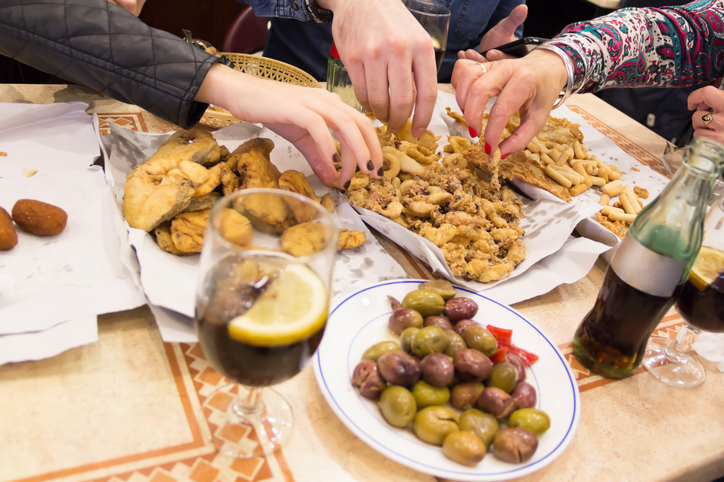The city has been named the top tourist destination in Spain and fifth in Europe by Travel+Leisure magazine.
Seville, the capital of Andalucia, is more fashionable than ever. It’s a city that knows how to combine modernity and tradition better than most and, in recent years, has promoted a powerful cultural offering.
The recent accolade from Travel+Leisure positioned it ahead of cities like Barcelona, Krakow, Lisbon, Siena, and San Sebastian, and was decided on the basis of opinions and experiences from real travellers.
This award joins others from The Lonely Planet and The New York Times. The city has already established a reputation as the best Spanish city for conferences and has hosted major professional events such as the WTTC. It’s also a popular host city for both Spanish and European film festivals. Let’s take a look at the secrets that enchant and captivate those who visit Seville.
Architectural jewels: The Royal Alcázar, the Giralda, and the Cathedral
On a global level, Seville’s Giralda is a wonder of engineering, especially taking the construction date of the tower into account (between the XII and XVI centuries). The tower combines different styles of architecture and civilisations, and from its viewing point offers a panorama of the city that stretches from Patio of the Orange Trees and largest gothic cathedral in the world at its base to as far as the eye can see.
The cathedral is astoundingly large. One of its most amazing features is its main altarpiece, while the mausoleum containing the remains of Christopher Columbus is also very popular.
Close to this gothic beauty is the Royal Alcázar of Seville, the only complex of its type in the whole world. It consists of a walled citadel that has been home to various kings over the ages, each leaving their own architectural stamp on the site. It is the oldest active fortified palace in Europe and is still home to the Spanish royal family today.

Let’s not forget the second most famous tower in the city. It lies on the left bank of the Guadalquivir River, beside the Maestranza bullring, and is 36m high. They say its name – the Golden Tower – comes from the way the tower reflected light when it was covered in tiles in years gone past.
Triana: An independent republic
With the wit and brilliance that characterises Sevillanos, they fervently declare that an independent republic exists in the neighbourhood of Triana. Going there is a trip into the authentic and artistic – they say that the seeds of ceramic art and flamenco were sown here. It’s a neighbourhood born to be different and has given rise to many famous artists.
One of the most popular places in the neighbourhood is the Plaza de Abastos and Gastronomic Space. The remains of the Castle of Saint George are in the basement, and it’s an excellent place to buy quality fresh ingredients or have a coffee while looking out over the Guadalquivir.
Flamenco schools, supremely traditional bars, and inhabitants that call themselves ‘Trianeros’ make this strange area of Seville full of colour and fun.

A labyrinthine neighbourhood: Santa Cruz
Right in the centre of Seville, tourists are always surprised by the labyrinthine neighbourhood of Santa Cruz, a den of streets, plazas, and saffron-scented alleyways that will transport you to another time.
You’ll wander through places that were once home to the ancient Jewish Quarter of Seville, and perhaps down the narrowest street in the city, known as Kisses Street. Can you guess why?
Here is also where you will find a world-renowned Baroque treasure – the Hospital de los Venerables. It is a 17th century building that was once home to priests and plundered during the French invasion of Spain. It later became home to the city’s parish office and Easter Week Museum.

Fried fish and tapas: Seville’s gastronomy
There’s a traditional Spanish song that says Seville has a special smell, but we’d add that it also has a special flavour.
The area’s famous fried fish, pescaito frito, comes in rustic cones of paper and includes cod, hake and fresh anchovy. Seville’s seaside cooking is characterised by the traditional adobo seasoning, which is often used with dogfish.

This is only a tiny taste of what this capital city offers, which offers nightlife that’s just as exuberant as the day, especially in areas like Alameda or in the largest old quarter in Spain, which is just packed full of places to relax and have fun.






